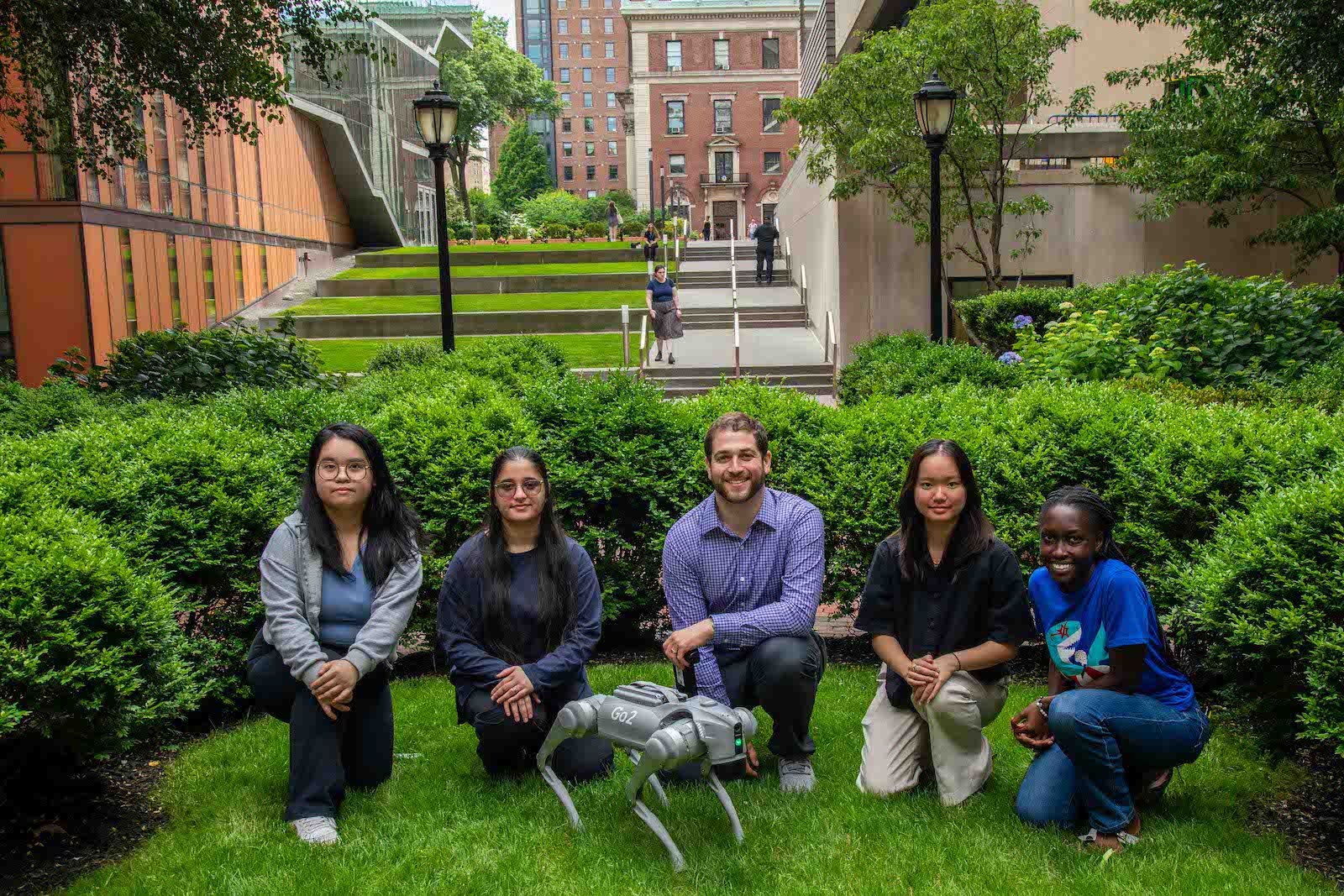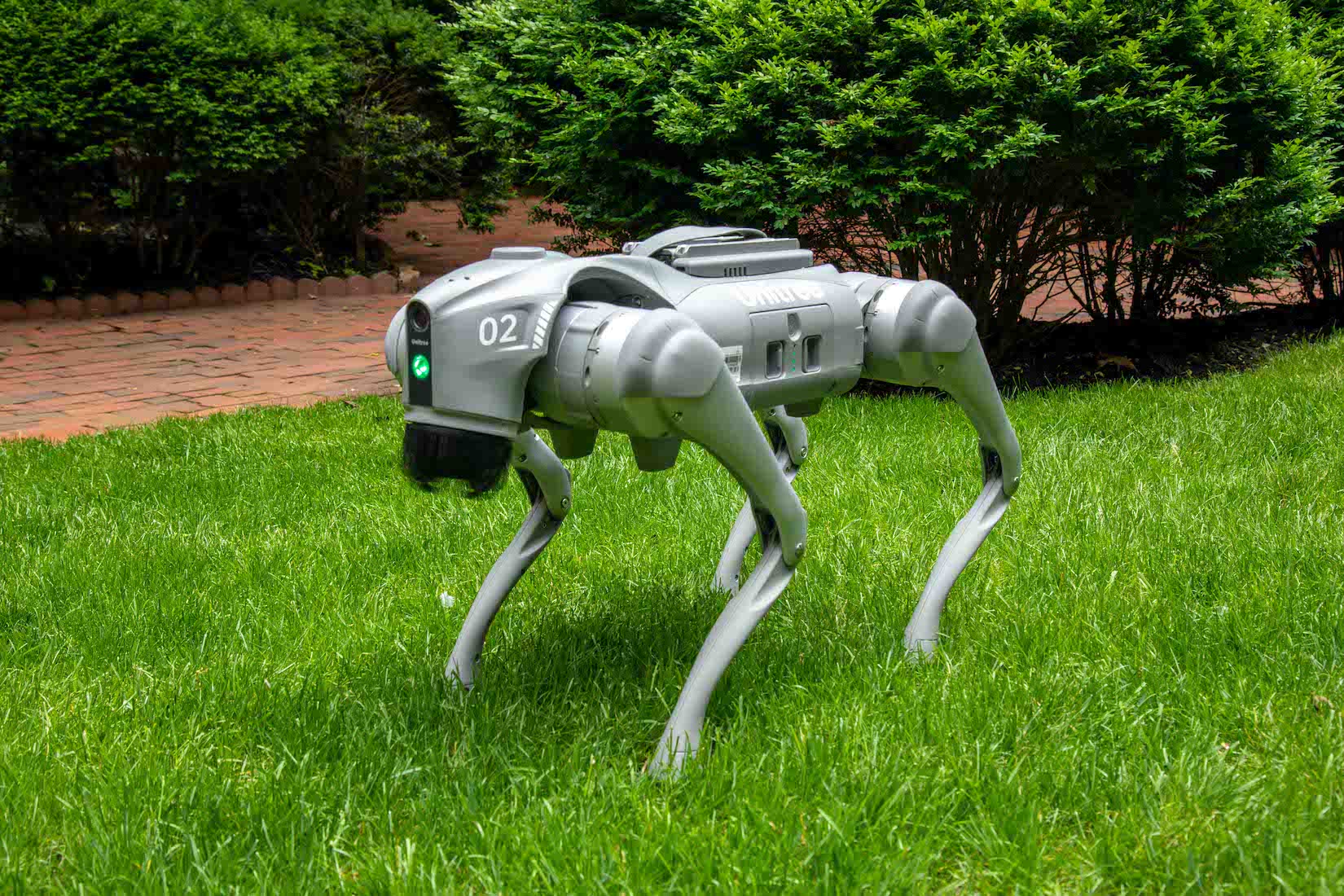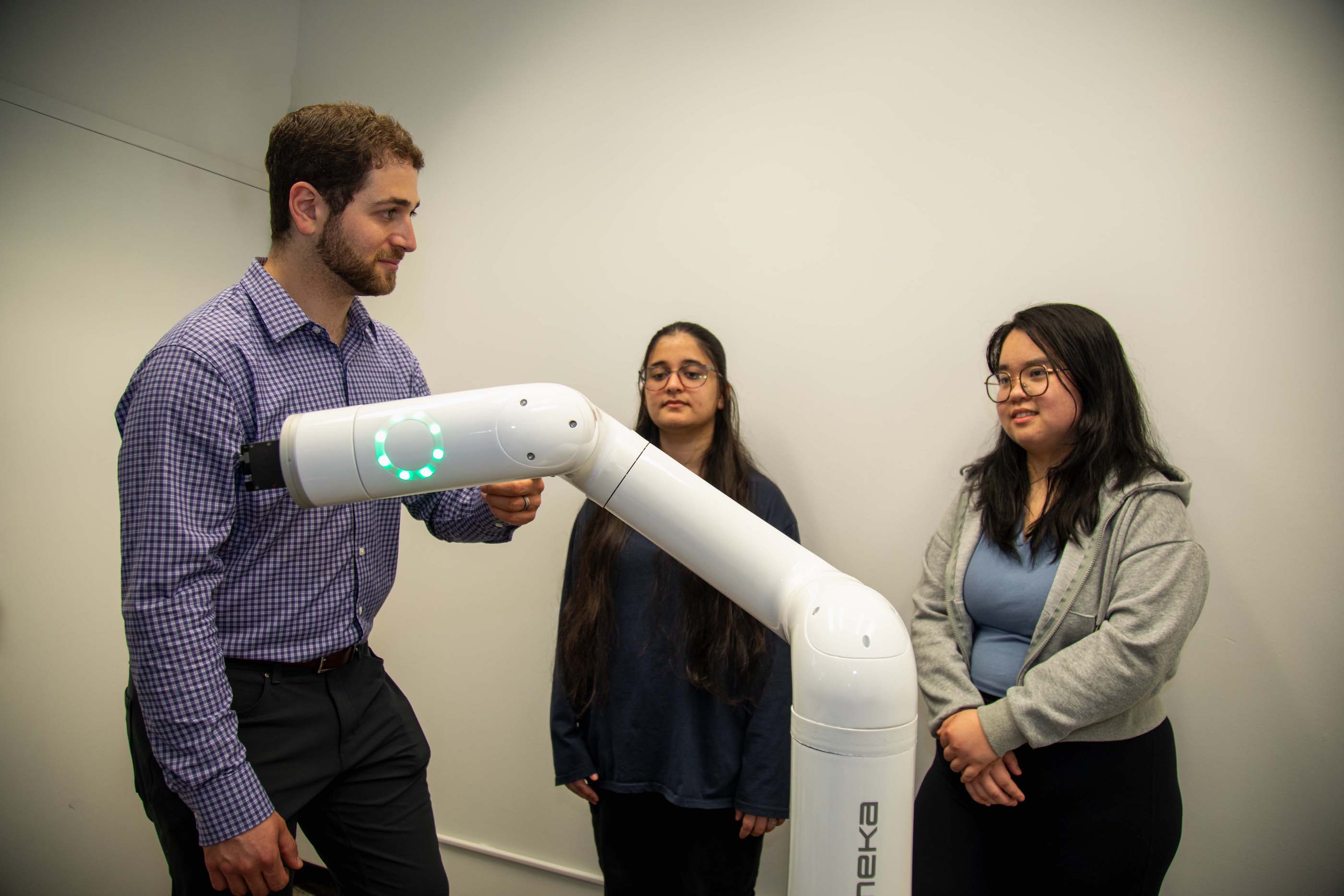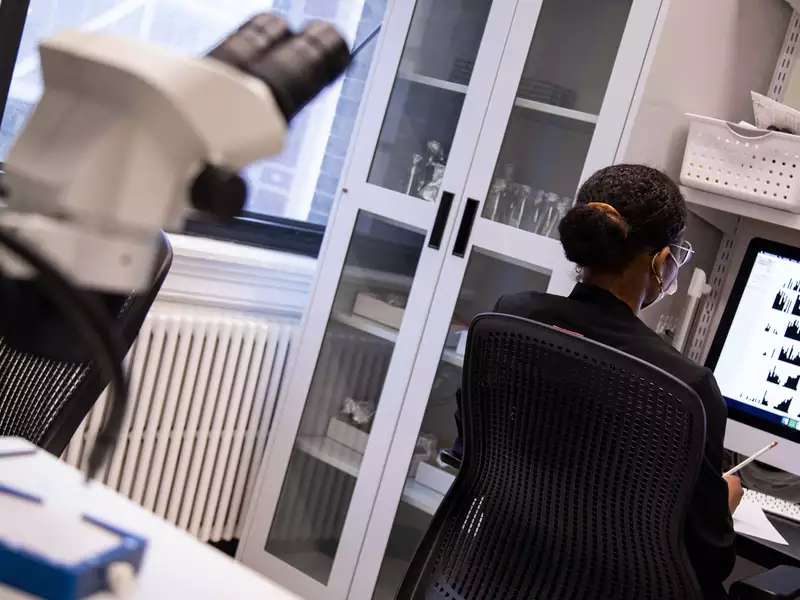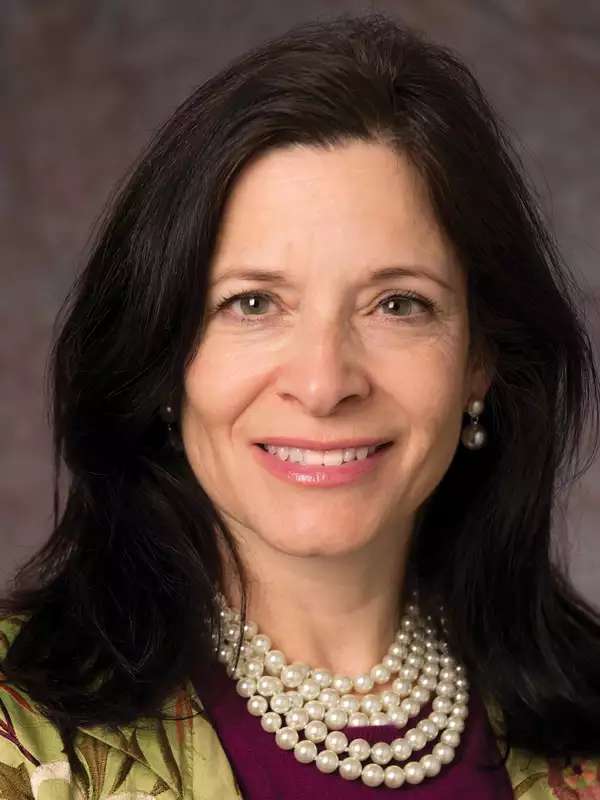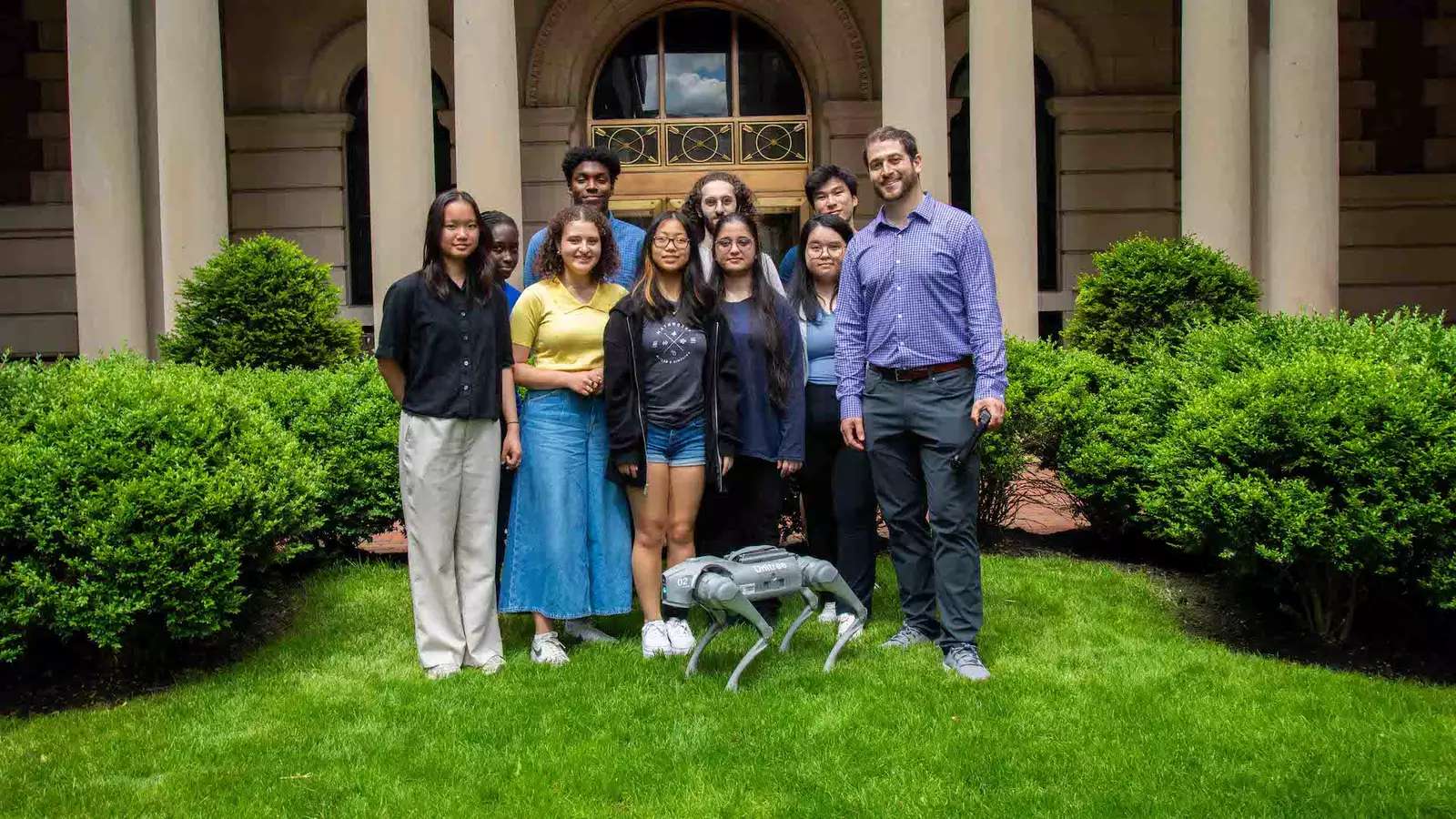
Last month, when the world’s leading experts in the fast-growing field of robotics gathered in Yokohama, Japan, for the International Conference on Robotics and Automation (ICRA), a paper affiliated with Barnard’s Accessible and Accelerated Robotics (A²R) Lab took top honors. Assistant professor of computer science Brian Plancher established the College’s A²R Lab in July 2022 and was thrilled about the recognition.
“We won for the automation category and were a finalist for the best student paper and best overall paper,” said Plancher. “So that is very, very exciting.”
In addition, the conference featured four other papers from Barnard’s robotics lab. “For [context], 3,937 papers were submitted to the conference, 1,765 were accepted, and there were 12 categories of best paper awards,” said Plancher. He explained that robotics conferences are a leading forum to surface new research. Thus, to have five papers featured at the ICRA and for one of those papers to score a win and two finalist spots represented a moment of opportunity and achievement for the relatively young lab.
This scientific work dove deeply into the mathematical complexities and computational systems powering the robots that walk, jump, and fly around the planet today.
Beyond the research featured at the ICRA, the A²R Lab has been working to understand the limited participation of women in robotics. The lab published its findings in the IEEE Robotics & Automation Magazine this spring in a paper titled “Underrepresentation of Women in Robotics Research [Women in Engineering].” Produced by a team that includes a Barnard alum and students — Chloe Ho ’24, Elizabeth Fields ’25, and Zixuan Wu ’25 — the research found that the female author ratio (FAR) for the robotics conferences and journals ranged between only 6% and 24%, with an average of 11%-12%.
Plancher said he was unfortunately not surprised by the gender gap they found, given that related fields like AI have similar FARs. However, he believes that quantifying the problem is foundational to solving it.
“The goal for me was to point out that there’s still a big problem. So [now] we can convene a group of folks to continue to work toward solutions and increase opportunities for women in computing and robotics,” said Plancher. “Interestingly, historically, if you look at computing, it was dominated by women in the early days. In fact, it was a woman — Margaret Hamilton — who designed the software for the Apollo 11 flight to the moon. As the field has grown, though, the representation of women has fallen.”
When Plancher began at Barnard in the fall of 2022, he introduced robotics courses with an intention to break down some of the gender barriers around robotics research. This summer he’ll be working with students to set up the College’s very first robots — a quadruped robotic dog and a robotic arm.
“The robot in [the above] video uses motion planning and control algorithms based on the concepts we explore in my course Parallel Optimization for Robotics,” said Plancher.
“I was excited by the opportunity to bring robotics to Barnard and make sure that students on campus can both take robotics courses and participate in robotics research,” said Plancher. “As the field grows, it is really important to make sure that everybody is working on this together.”
